Vegan Macros Experiences
Learn about my experiences tracking macros as a vegan athlete.
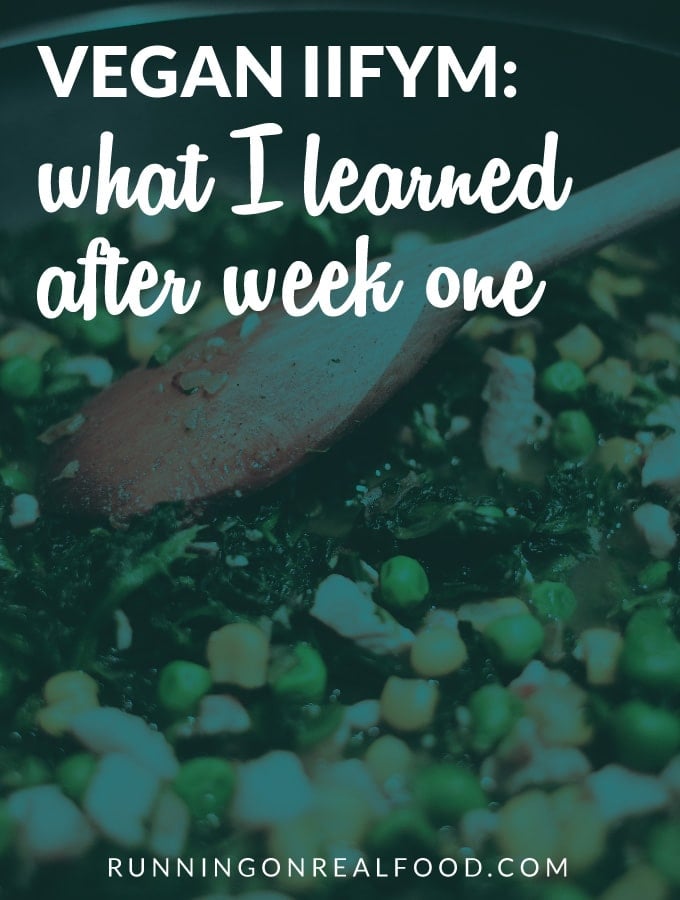
What Are Macros?
So, what does this mean? Well, it means I’m measuring and recording all my food in order to reach a particular number of macronutrients, or “macros” being protein, fat and carbohydrates each day. I’m using My Fitness Pal and a food scale to track everything and have found it’s pretty easy to take a few minutes to enter in my food. So far, I’m really enjoying the process and it feels good to take full responsibility for how I fuel my body.
My Progress So Far
I’ll be sharing my progress on the blog and today I wanted to talk about what I’ve learned after a week of tracking all my food. I’ve never done this before so it’s been incredibly eye-opening and interesting, especially since I’m doing it without eggs, meat, seafood or dairy. I will tell you that “hitting your macros” on a plant-based diet is totally doable and even enjoyable, and those ” but where do you get your protein” myths are just plain old silly.
My Macro Split
Right now, I’m aiming for a 40C/30F/30P macronutrient split and with some planning, I’m find it pretty easy to reach those numbers. For my needs, that works out to be 220 grams of carbohydrates, 73 grams of fat and 160 grams of protein on a training day.
Those numbers vary slightly for a rest day, or if I have two training sessions in one day. It took a few days to figure out how to budget those macros throughout the day but I’ve found by making my meals and snacks well-balanced, I end up with a good amount of each macro left by dinnertime and even leave some room for dessert!
This Is Not A “Diet”
Before I get into what I learned this past week, I want to be clear that this isn’t a diet and it’s not about being restrictive, in fact I’m eating even more than I was before I started. I will not be fulfilling my macros with fat-free, sugar-free and low-carb products. I will still be eating plant-based, whole foods, just in different proportions than I used to.
I will not be eating junk food because “it fits my macros,” in fact, I really don’t plan to change much about how I eat at all but rather just be more conscious of how I feel, what works best for me and have the energy I need to reach my fitness goals.
Eat to Perform
I’m not trying to lose weight, my goals are improved athletic performance, improved recovery and a change in body composition. This is about seeing how good I can feel, how strong I can get, how much energy I can have and what I can accomplish if I really put my mind to it.
This is not about being hungry, feeling restricted or being obsessive, it only takes a little bit of extra work to hit my numbers each day and I’m actually really enjoying it. It’s like a puzzle that you get to solve each day!
There were a few nights where I didn’t feel like measuring out my dinner but I’ve found that adding my recipes to the app ahead of time makes it really easy to enter my food in just a few seconds.
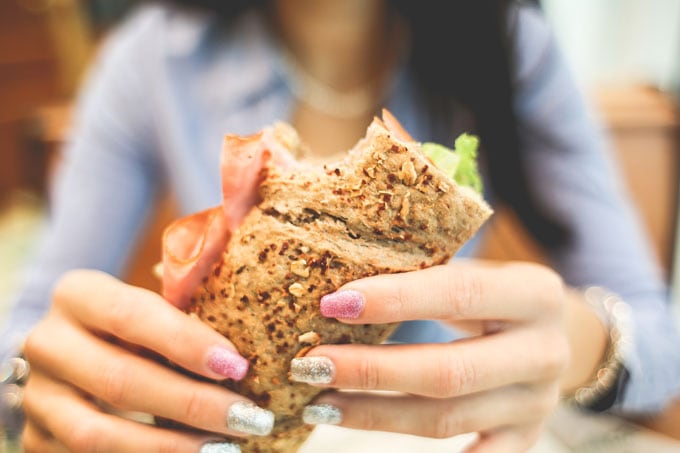
If It Fits Your Macros
The best part about this way of eating is I can still enjoy all the foods I normally do and even my favourite treats. I still eat vegan sushi, I still eat fruit, I still eat peanut butter, chocolate is still in there, basically not much has changed except for the proportions.
I won’t be doing this forever nor will I be doing it every single day over the next few months, I have some summer trips and vacations planned and at this point, I don’t feel the need to worry about it when I’m away from home. I’ll do my best to stick to a general guideline but I won’t be busting out my food scale at our family reunion or the music festivals I’m attending this summer.
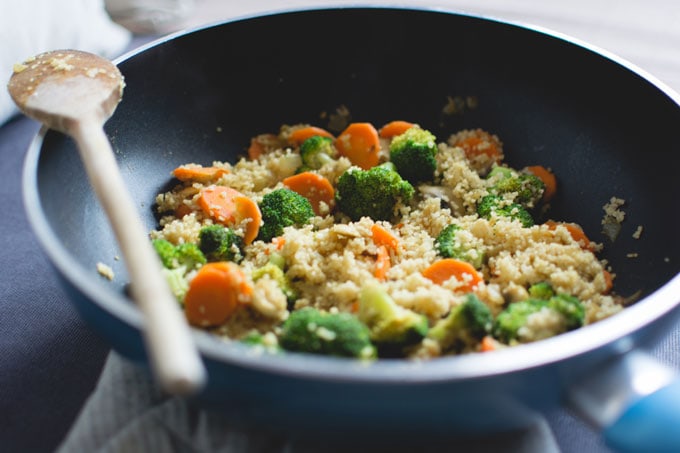
Learning Consistency
Yes, I was already eating very healthy before taking this on but I didn’t pay any attention to macros or really put much thought into how I was fuelling my body. On weekends, although still eating healthy for the most part, I was all over the map, eating way too little or way too much without any consistency to my diet. Some days I was eating a ton of carbs and fat and some days I wasn’t eating nearly as much as I thought. When you want to get the most out of every workout, that inconsistency can really hold you back.
So, what about micronutrients? Well, of course, they are still important to me too! That’s why I’ll be continuing to eat a whole food diet. Vitamins, minerals, fibre and other parts of the food we eat are still an important factor in my overall health and I’ll always ensure I’m getting what I need.
What I Learned in a Week
1. I get more than enough iron.
I was always wondering if I was getting the iron I need without eating meat and other animal products. Well, after tracking for 7 days now and I get well over the recommended daily allowance of iron each day. It’s coming from dark, leafy greens, hemp protein, beans and lentils, edamame and all sorts of other plant-based foods. No problem here!
2. If I don’t pay attention, I don’t get enough calcium.
I’ve been consistently under the RDA by about 20% every day. Before I add a calcium supplement, I’m going to make a conscious effort to eat more calcium-rich foods this week. This includes foods like kale, collard greens, tempeh, fortified almond milk, broccoli and navy beans.
I’m actually kind of surprised I didn’t get enough this past week because I already eat all those foods. I guess with how my meal planning went last week, I just didn’t have a lot of those foods included. Moving forward, I don’t think it will be a problem getting enough through food. But, I’m glad it came up and it’s something to be aware of!
3. I eat a zero cholesterol diet.
This just happens naturally when you don’t eat meat, eggs or dairy. I’m still eating plenty of fat but it comes from sources like nuts, avocado, chia seeds and hemp seeds making it almost all monounsaturated and polyunsaturated. I don’t really know that much about good and bad cholesterol but from what I understand, plant-based fats have something to do with HDL cholesterol levels, or high-density lipoproteins, which is considered to be the “good” cholesterol. I’ll have to look into this a bit more.
4. I eat a diet low in saturated fats and I don’t eat any trans fat.
Again, without animal products or a lot of processed foods, these just don’t add up in my diet. Good news.
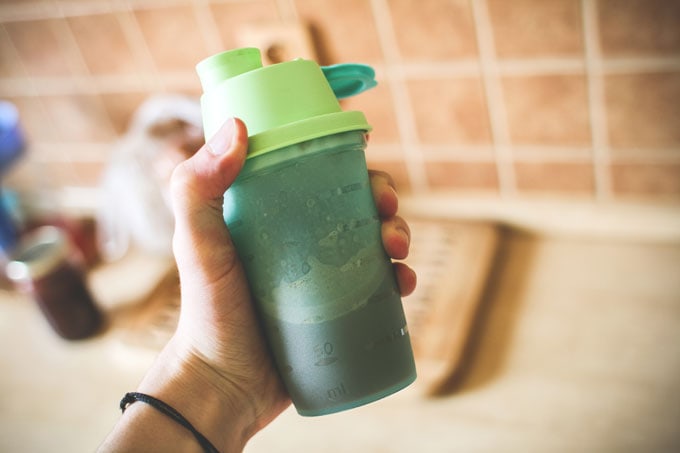
5. I eat a low sodium diet.
Sticking to mainly whole foods will naturally keep your sodium in check. On average, I ate about 1000 mg of sodium per day, well under the maximum of 2300 mg that’s recommended.
6. Getting enough protein is easy but getting this much takes some work.
Previously, since I didn’t pay any attention to my protein intake, there would have been days when I didn’t eat all that much. It was enough to be healthy, workout and feel good but not enough to reach my current goals. Without a conscious effort to include, high-protein, plant-based foods in every meal and snack, I won’t be able to reach 160 grams a day. So, how the heck do you get 160 grams of protein per day without meat, eggs or dairy?? Well, although it takes a little effort, it’s totally doable.
How I Increased My Protein This Week
- switched my snacks from more fat and carb-based foods, to higher protein options
- added more plain hemp and brown rice protein to my diet
- supplemented with a whole food, vegan protein powder
- ate more lentils, tempeh, edamame, hemp seeds, chia seeds, quinoa, spirulina, tofu, legumes and nutritional yeast
- was concious of eating protein with every meal and snack throughout the day
7. I need to switch to high-protein whole grains to reach my goals.
I have no problem with white rice but with my new goals, it doesn’t provide the right protein to carbohydrate ratio for me. Switching to grains like bulgur, barley, amaranth, quinoa, buckwheat and other higher protein grains will help me stay within my carbohydrate goals while still hitting 160 grams of protein.
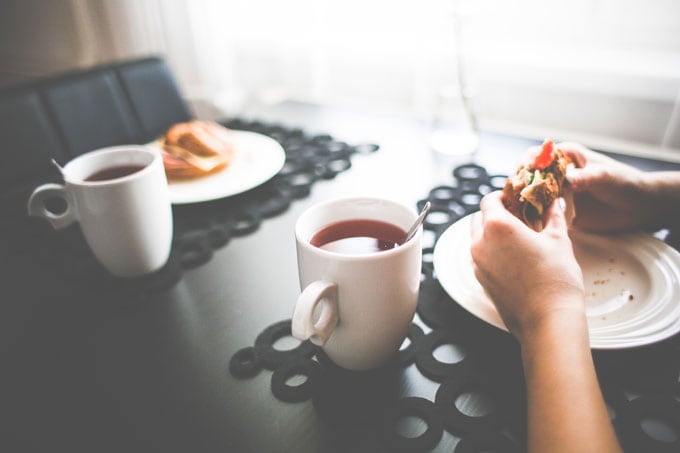
8. Fat adds up very quickly.
Fat is an important and healthy nutrient to include in your diet but when eating plant-based it can add up really quickly. I was often eating half an avocado, hemp seeds, a handful of walnuts, some pepitas, some almond butter, tahini dressing and other high fat foods all in one day. While these are all amazing nutrient-dense foods that I will still continue to eat, I should keep an eye on my portion sizes and how many of these items I eat on the same day.
Right now, my goal is to eat 73 grams of fat per day, which is still a lot but if I keep eating peanut butter like it’s goin’ outta style, I won’t have much room to enjoy those other healthy foods.
9. I get plenty of vitamin C and vitamin A.
It’s easy to get lots of vitamins when you eat lots of plants. Unfortunately, these are the only two vitamins My Fitness Pal tracks. I wish I could see magnesium, B12, iodine, zinc and other important micronutrients but for now I’ll continue to supplement with B12 and make sure I’m eating a wide variety of plant-based foods to help cover all my bases.
Thoughts
So, after a week of tracking my nutrition I’m feeling really, really good. I’ve had lots of energy, good workouts and I’m already feeling leaner. At this point, my weight isn’t important factor in all this, so I won’t be including it in my reports.
I have an Olympic weightlifting competition in less than 12 weeks and a CrossFit competition in the summer and although that’s important to me, honestly I’m kind of just doing this for fun and a personal challenge.
I’ve never really tried anything like this so I’m pretty excited to see the results over the next 12 weeks. Just like my workouts, I know long-term consistency is key to making any real change. I’m very happy with my body, in fact my appearance is not often a concern but I know if I’m leaner, I’ll be stronger and faster, and since my goals are performance-based, that’s what I’m going to shoot for!
In upcoming posts, I’ll be sharing some of my meal plans, tips to getting plenty of protein through whole foods and without animal products as well as before and after pictures! Be sure to check back soon to see how I’m doing!

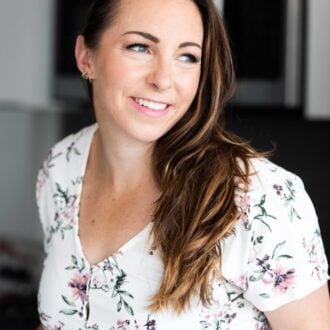
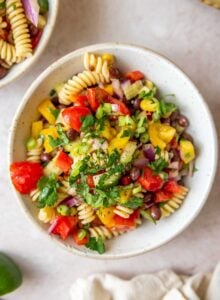
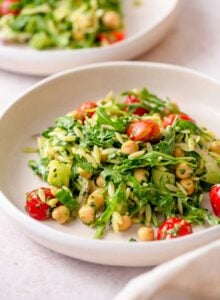
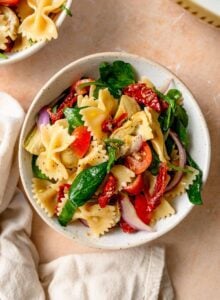
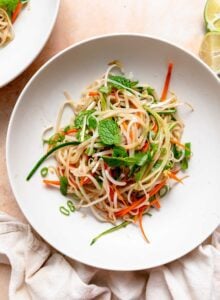
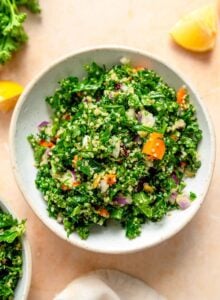
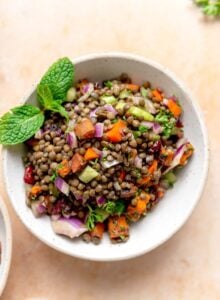
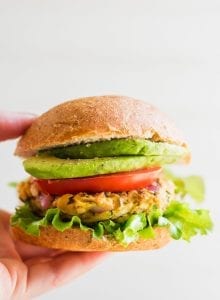
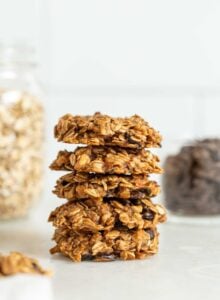
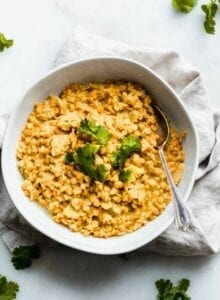
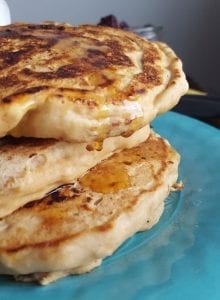
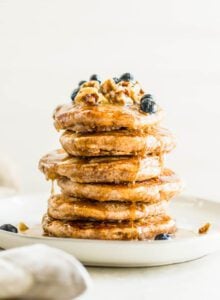

I am a pescatarian and recently started tracking macros in an effort to achieve body recomposition. I’m using myfitnesspal to help keep track. I’m really struggling to reach my protein goal without going over my daily allowance of fat or carbs. My current macro goals are 50% carb 25% protein and 25% fat. This puts me at 110 grams of protein and 49 grams or less of total fat per day. I usually have no trouble staying under 20 grams of saturated fat a day, but really struggle with all the chia seeds, hemp seeds, nuts, and plant-based protein that I have to eat to reach the protein goal. I’m also eating lots of beans, lentil or chickpea-based noodles, brown rice, quinoa, oats, peas, etc. to get in more protein, but still falling short of 110 grams before running out of fat. While eating seafood does help, I don’t want to eat that every single day because it gets old quick. I probably already get about 20 grams of protein from a protein bar or plant-based protein powder. I have found that those can have moderate fat as well though. They also cause bloating for me so I would rather not double up on those. What do you recommend?
I would reduce protein a little (20%) and add more fat and/or carbs. Sounds like you’re already eating a balanced whole food diet, so that’s great and you’re already eating a great selection of proteins. If you can find a protein powder that doesn’t cause bloating (I can’t do pea protein or I get super bloated but there are other options), you could add a second serving of protein powder, if you get 40 grams from that, it should be easy to stay within your goals. I recommend hemp or brown rice protein or a blend of plant proteins that doesn’t contain pea such as chia, quinoa, hemp etc. I use North Coast Naturals. I would also review my macro cheat sheet. When it comes down to it though, consistency and calories are the biggest determining factor here so I wouldn’t don’t get too caught up on specific grams of macros. This all depends on activity level and what you’re doing for workouts, goals, dieting history, age, genetic, food preferences etc..so I can’t really give you specific recommendations without knowing more about you. Good luck!